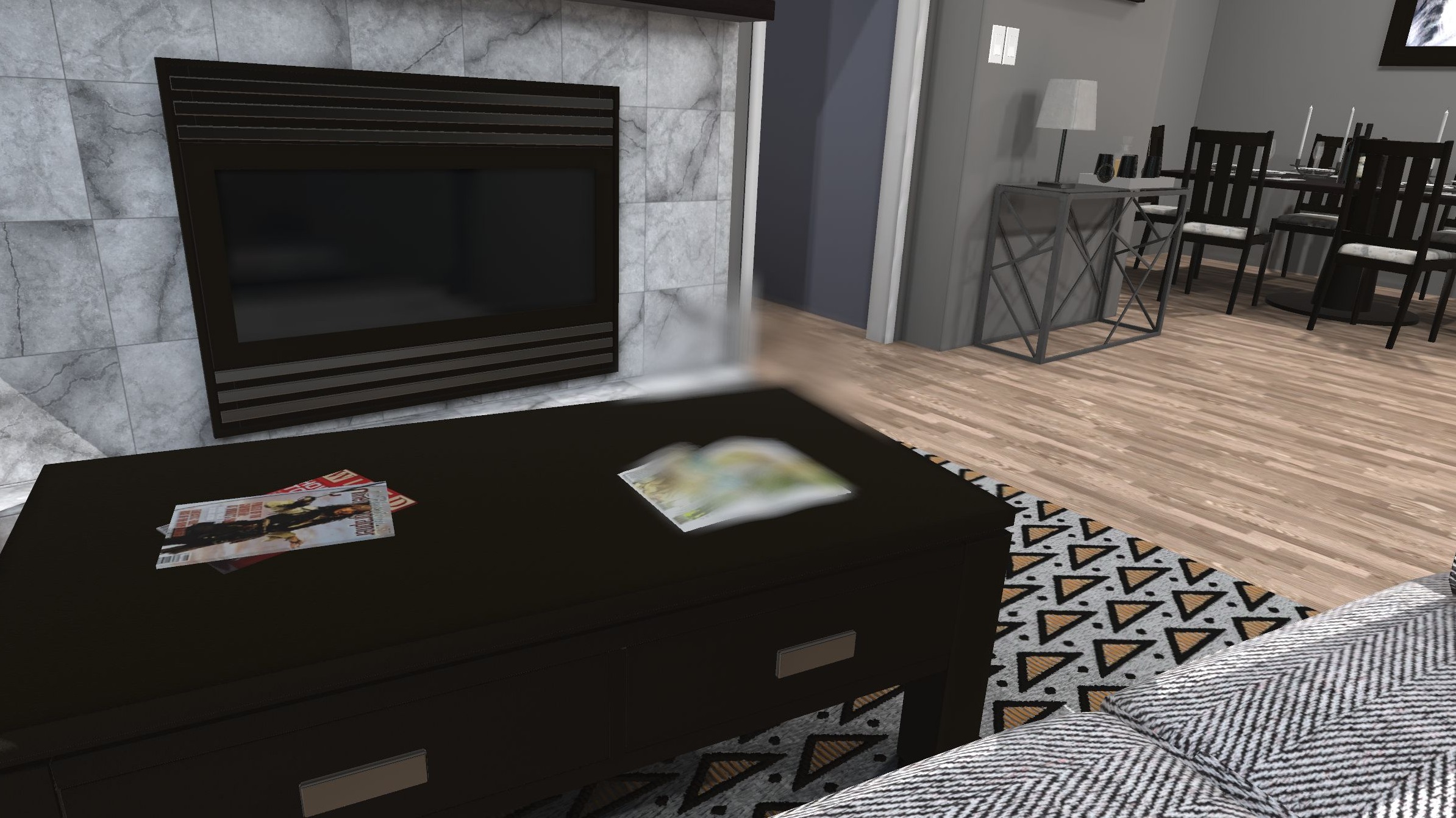A virtual reality program designed to educate people about the impacts of vision loss is being expanded to target patients with diabetes, with help from experts at the University of Alberta.
Edmonton-based KOVR, part of KO Group video production, announced the release of a new VR software platform called Stratos, along with education software called the Diabetic Retinopathy Module. The program, developed in conjunction with researchers in the U of A's Department of Ophthalmology & Visual Sciences, gives patients real-life examples of vision loss due to retina damage caused by diabetes and emphasizes the importance of regular eye exams.
Using the Stratos VR platform, the Diabetes Retinopathy Module features information about the eye and vision accompanying its lifelike simulations. (Video: KOVR)
“The main issue we heard from physicians was how they could more effectively educate their patients on the negative impact their diabetes can have on their vision and the increased risks of not having regular eye exams for preventing and treating vision loss,” said Robert Lennon, KO Group’s president and creative director.
“KOVR has been fortunate that our U of A colleagues have embraced VR and see the potential for this expanding technology,” Lennon added. “The close collaboration has been essential in developing this groundbreaking experience for diabetic retinopathy patients.”
The new module was developed with input from experts including Karim Damji, chair of the U of A ophthalmology department and lead ophthalmologist with the Eye Institute of Alberta, and his colleague Matt Tennant, a specialist who treats patients with diabetic retinopathy.
Damji had previously worked with KOVR to develop Through the Looking Glass, a VR program that gives players an immersive experience of what people with vision loss go through as their eyesight gets progressively worse.
“This new program is really valuable because it allows patients with diabetes to see how their vision might be impacted from diabetes—and that appropriate screening and treatment can slow or stop vision loss in most cases,” said Tennant. “And what’s great is that it fits into the context of the new diabetic eye-care pathway we are working on via the Neuroscience, Rehabilitation and Vision and Diabetes, Obesity and Nutrition strategic clinical networks.”
“The Diabetic Retinopathy Module goes beyond any pamphlet or poster informing diabetic patients why paying attention to their eye health is important,” Damji said. “Being able to show how their vision can deteriorate—and enabling them to experience it in a simulated, virtual reality manner—can better instil in our diabetic patients how critical it is for them to regularly monitor their eye health to prevent or mitigate future vision loss.”
KOVR said a beta version of the Diabetic Retinopathy Module is seeing limited testing from clinicians with the Eye Institute of Alberta, with a wider release expected later in 2021.
The project received grant funding from Alberta Innovates through its eXtended Reality Health Economic Acceleration and Development (xR HEAD) program, which is meant to bring virtual, mixed and augmented-reality health innovators together to develop new ways of enhancing patient care or support the training of health professionals through the technologies.
